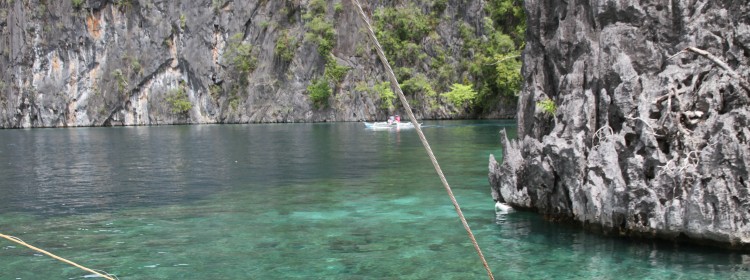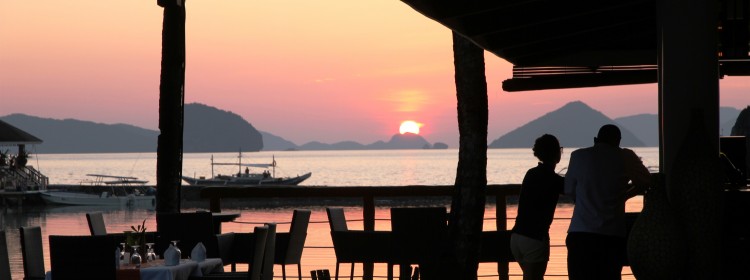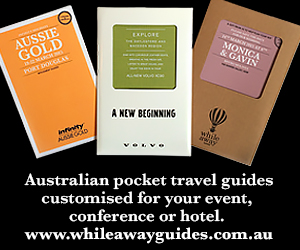I was strolling the narrow streets of Coron Town, Philippines, when a late-afternoon thunderstorm blew in from the sea. The tropical deluge forced me to run up a set of ramshackle stairs off the main square, to take shelter in a tiny wooden-framed restaurant. It proved to be an excellent decision.
From my first-floor seat on the covered balcony, I watched motorised tricycles scud by through the downpour, and ordered an ice-cold San Miguel Light, one of the country’s most popular brews, followed by another. Then came fried calamari along with a delicious green chicken and coconut curry. When the rain stopped and the bill eventually arrived, I forked out the equivalent of AUD 8 for my meal and all the drinks. “Come again tomorrow,” said the restaurateur, Malou, with a gap-toothed smile.
 The affability of the people and value for money are among the most notable attributes of this place, a coastal settlement flanked by the green karst mountains of Busuanga Island north of the larger isle, Palawan.
The affability of the people and value for money are among the most notable attributes of this place, a coastal settlement flanked by the green karst mountains of Busuanga Island north of the larger isle, Palawan.
With a scattering of hotels and island resorts, relatively few tourists and pristine beaches and coral atolls providing some of the best diving and boating opportunities in the Philippines, undeveloped Coron Town and the surrounding Calamian archipelago may represent some of the great incentive trip surprises of the Western Pacific.
That may change of course, with Palawan having been named best island in the world by Conde Nast Traveler fairly recently. Meanwhile bargains for incentive groups – and brilliant experiences – await those prepared to hop on one of the daily 50-minute flights to Busuanga from Manila. (Starting from about AUD 150 for each leg on local airline Skyjet, for example. Cebu Pacific and Philippine Airlines also fly this route).
An essential part of a visitor’s itinerary should be an island-hopping day trip from Coron Town to nearby beaches, inlets and reefs. The guided tours invariably take place via native, double-outrigger bangka boats, and start from the wharf on the town foreshore. I paid roughly AUD 35, which included the tour, lunch and refreshments.
 Tours typically include visits to seven or eight spots, diving and snorkelling onto the remains of a merchant ship in shallow water – the area is also renowned for WW2 wreck diving – lunch on an icing-sugar beach and a climb up, and down, to Kayangan Lake, a body of clear blue water set in a “hole” of its own among steep, heavily wooded hills and cliffs.
Tours typically include visits to seven or eight spots, diving and snorkelling onto the remains of a merchant ship in shallow water – the area is also renowned for WW2 wreck diving – lunch on an icing-sugar beach and a climb up, and down, to Kayangan Lake, a body of clear blue water set in a “hole” of its own among steep, heavily wooded hills and cliffs.
Here’s a typical online comment about one of the island resorts in the area: “It’s like you died and woke up in beach heaven . . . the sand is talc and the water is crystal clear. . .”
While isolated luxury resorts in this region, like Huma Island (www.humaisland.com) are brilliant incentive destinations in their own right, one hotel, the 80-room Westown, pictured above, stands out as a meetings destination close to restaurants and shops in Coron Town.
With four-star-standard rooms with great views, three swimming pools, a spa, bars and restaurant, the Westown is a five-minute trike ride from the town centre. It has three main meeting venues and rates are extraordinarily low. For example one package that includes use of a venue for 20 people for three hours, waiter service, sound system equipment and a plated three-course lunch starts at PHP 400 (about AUD 12) per person. Rates for the well-air-conditioned, spacious rooms start at around AUD 115 per night.
 Busuanga has great venues and outdoor experiences, representing fantastic value – as do so many of the 7,107 islands of the Philippines, where almost everyone speaks English and domestic carriers serve dozens of routes. More info:
Busuanga has great venues and outdoor experiences, representing fantastic value – as do so many of the 7,107 islands of the Philippines, where almost everyone speaks English and domestic carriers serve dozens of routes. More info:
coronwestownresort@yahoo.com.ph






 “Room rates are negotiable depending on the size of the group and the travel period,” says Bambi Samson, Director of Sales, “so the supplement may change according to the requirements of the group. Rates are higher from November to May, and promos and special rates are usually offered from June through to October.”
“Room rates are negotiable depending on the size of the group and the travel period,” says Bambi Samson, Director of Sales, “so the supplement may change according to the requirements of the group. Rates are higher from November to May, and promos and special rates are usually offered from June through to October.”

